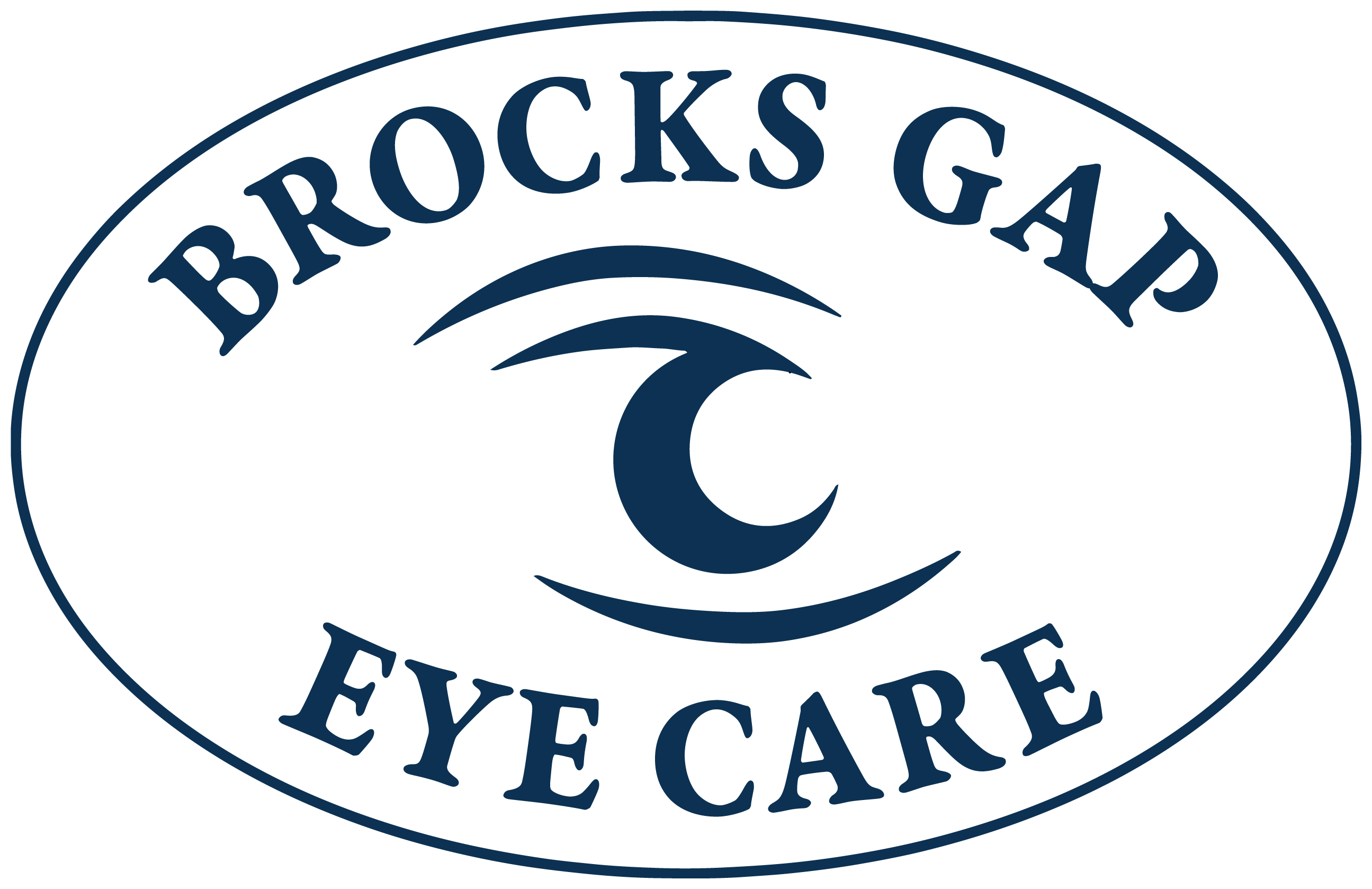When should you see a doctor for an eye infection?
- tansley6
- Sep 2, 2024
- 3 min read
Your eyes are incredibly sensitive, and even minor irritations can cause discomfort or affect your vision. Eye infections can range from mild to severe, and knowing when to see a doctor can prevent long-term damage or complications. At our Hoover, AL, eye clinic, we believe in promoting eye health and helping you understand when it's time to seek professional care.
Common Symptoms of Eye Infections

Bacteria, viruses, or fungi can cause eye infections. While some infections may clear up on their own, others require medical attention. Here are some symptoms to watch out for:
Redness: While occasional redness can result from irritation or lack of sleep, persistent redness may indicate an infection.
Swelling: Infections often cause swelling around the eyes, particularly in the eyelids. If the swelling doesn’t improve, it could signal a serious issue.
Discharge: If you notice a thick, yellow, or green discharge coming from your eyes, it could be a bacterial infection that requires antibiotics.
Pain or discomfort: If your eyes feel painful or sore for more than a day or two, it’s time to see a doctor
Light sensitivity: Some infections make your eyes more sensitive to light, causing discomfort even in normal lighting conditions.
Blurred vision: An eye specialist should address blurry or decreased vision immediately as it can be a serious symptom.
Itchiness or burning sensation: While allergies can cause itchy eyes, if this symptom is accompanied by other signs of infection, it may indicate conjunctivitis (pink eye) or another infection.
When should you see a doctor for an eye infection?
Not all eye infections require a trip to the doctor, but certain conditions do. Here’s a breakdown of when it’s necessary to consult a professional:
Prolonged Symptoms
If your symptoms last longer than 48 hours without improvement, it’s time to make an appointment. Eye infections should clear up relatively quickly, and any delay in healing could indicate a more serious underlying issue.
Vision Changes
If you notice any changes in vision, such as blurred vision, light sensitivity, or difficulty focusing, seek immediate care. Eye infections can sometimes spread to deeper parts of the eye, affecting your sight.
Intense Pain
Severe eye pain is always a red flag. It’s uncommon for mild infections to cause extreme discomfort, so intense pain could be a sign of a serious condition, such as a corneal ulcer or uveitis.
Discharge or Crusting
A significant amount of discharge or crusting around your eyes in the morning is usually a sign of a bacterial infection. If over-the-counter treatments don’t help, an eye doctor can prescribe stronger medication to clear the infection.
Swollen Eyelids
Swelling that spreads beyond the eyelids to other parts of the face, like the cheek or forehead, may be a sign of a more dangerous infection. This could indicate cellulitis or an orbital infection, both of which require prompt medical intervention.
Types of Common Eye Infections
Here are a few eye infections that we regularly diagnose and treat at our clinic:
Conjunctivitis (Pink Eye)
A very common infection, usually caused by bacteria or viruses. We recommend early treatment due to its high contagiousness.
Styes
A red, painful bump on the edge of your eyelid caused by a bacterial infection of the oil glands.
Keratitis is an infection of the cornea, often caused by contact lens use or eye trauma.
Blepharitis
Inflammation and infection of the eyelids, often caused by poor eyelid hygiene or skin conditions.
Your eyes are delicate, and infections can escalate quickly if left untreated. If you’re experiencing any of the symptoms listed above or have concerns about your eye health, it’s essential to seek professional care from an eye specialist.




Comments